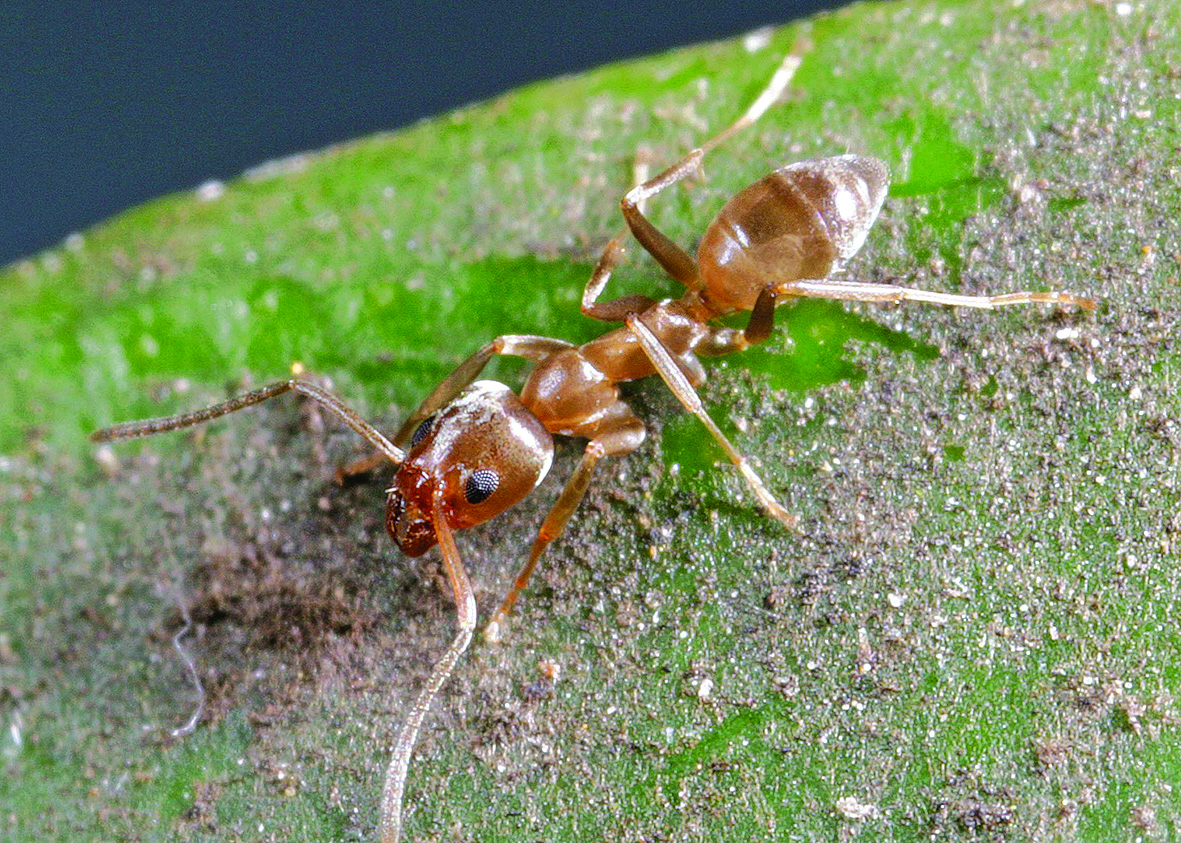World’s most invasive ant set to explode


One of the world’s most problematic ants is set to explode in Richmond this summer after a wet winter and humidity have created the perfect breeding ground for the pest.
The Argentine ant is on the top 10 list of invasive species on the planet and pose a serious threat to New Zealand's biodiversity.
Tasman District Council biosecurity officer Ken Wright says they accidentally arrived at Port Nelson in 2001 and since then, they’ve infiltrated the whole region.
“The first place they were detected in Richmond was a bakery on Queen Street. Now they are all over Wensley Road and are rampant in the Hart Road and Hill Street area.”
Debug Nelson owner Shane Warland says they are aggressive and territorial and can bite people.
“They literally eat every other insect in the garden, good or bad. I’ve been to places in Richmond where you can’t put your kids out on the back lawn as they will get covered in ants and get bitten. They’ve even been known to crawl into cots and eat the contents of a baby’s nappy.”
Besides being a major household and garden pest, Argentine ants pose a serious threat to our natural areas and biodiversity because of their aggressiveness and appetite.
“These ants will also invade your property and they are on the rise this summer because of the weather conditions this year,” Shane says.
The ants used to be part of the council’s Tasman-Nelson Regional Pest Management Plan but have since been taken off as they have proved too widespread.
“We leave it up to the individuals to control the problem now as we tried many different options with these ants to no avail,” Ken says.
“The trouble is they are transported in cars and in freight, rubbish and pot plants and their super colonies can stretch for hundreds of metres with many queens in the nest, so quite often it becomes a community-wide problem.”
A Department of Conservation spokesperson says that Argentine ants kill and displace native invertebrates that many indigenous species depend on.
“They will eat lizards, bird eggs and newly hatched chicks, potentially threatening endangered populations.”
During spring and summer, when nests are expanding, they have an insatiable appetite for protein and sweet foods such as honeydew and nectar.
Because their diet spans all food types from insects to nectar, they take food sources away from kiwi, tui, bellbirds and silvereyes as well as lizards like skinks and geckos, native invertebrates.
The main difference in appearance is that the Argentine ant is honey-brown in colour whereas most other ants in New Zealand are black.
It’s been estimated that Argentine ants will require $68 million to control if they become widespread across the country.
Another critter which is thriving in Richmond, more so than in previous years, is the cockroach.
“I get daily call outs to deal with them.” Shane says.
“It’s mainly to do with the wet winter we’ve had followed by this humidity. The Gisborne cockroach is an opportunist so will enter your property for a warm place or to hide in a dark spot.”
He says that although cockroaches have a bad reputation, this particular New Zealand roach is often misunderstood.
“They are harmless and don’t spread disease or bite. They are more interested in rotten vegetation and tend to live outside,” Shane says.
“But they can get brought in with your pile of wood, or come in an open window.”
He says the trouble is people see one or two in their home or office and suspect an infestation.
“It’s something that we have to deal with every day at present as they are booming. Everything is going the cockroach's way.”
